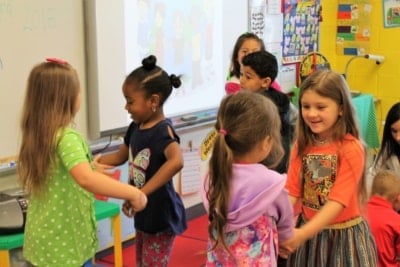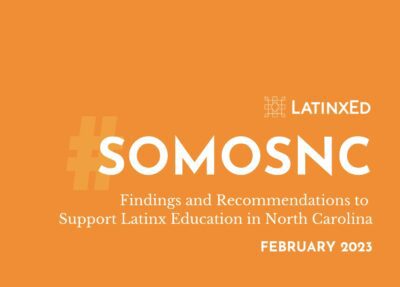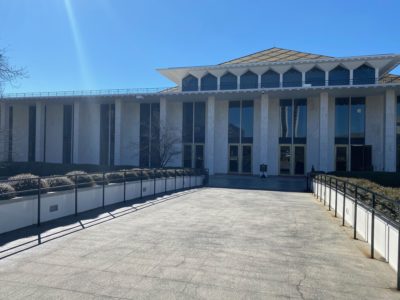

|
|
On March 6, 2023, Governor Roy Cooper gave his annual State of the State address to the people of North Carolina. The governor recognized the significant economic growth across the state and attributed that growth to “the determined, dedicated, and diverse people of North Carolina.”
North Carolina is increasingly diverse. In July 2022, the NC Office of State Budget and Management noted that about 8% of people residing in the state were foreign-born immigrants, and the top two countries of origin were Mexico and India. People from Mexico comprise the largest group of foreign-born residents in the state, but the percentage of Mexicans is actually declining. Across NC, more than 150 countries are represented.
A demographic lifeline
Diverse people are undoubtedly a major strength and resource for the state and contribute to its impressive economic growth, particularly in rural communities. Scholars and economists have noted national trends of immigrant families and workers not only reversing troubling depopulation in rural communities, but contributing to thriving rural economies. The majority of these workers are Latino immigrants. Latino immigrants’ contribution to rural repopulation and economic growth has been so impressive, scholars Lichter and Johnson dubbed the trend a “demographic lifeline” in 2020.
Economic growth and demographic shifts in linguistically and racially diverse populations brings important changes in rural schools and communities. For instance, rural educators who once taught students who were primarily monolingual now teach students who speak languages other than English in the home. These students are trying to learn academic content in school while learning English at the same time. And it’s not rare for those students to speak multiple languages.
Multilingual learners in NC
This year, I spent some time in one of North Carolina’s rural coastal communities. There I met an 8th grade girl whose family was working in the local service and tourist industry. She spoke both Spanish and Mixtec, an Indigenous language spoken in Honduras. Other rural educators I have met describe similar linguistic diversity in their schools and communities, with students who speak multiple and/or less commonly used languages in the home. How we respond to multilingual learners (MLs) across the state is both critical and timely. It speaks to who we are, our strength in diversity, and how we value each other.
One way schools can work with ML students is by offering high quality dual language bilingual programs. North Carolina now has the fifth largest number of dual language (DL) bilingual programs in the United States and the largest number in the Southeast. DL programs are specialized language educational programs where students learn academic content (math, science, social studies, language arts) through the medium of two languages. Often these programs combine both native-English and other language (e.g., Spanish) speakers. More than thirty years of research consistently demonstrates that students in DL programs outperform monolingual students and are more effective than other models of language instruction for MLs. Outcomes from bilingual programs have been summarized by scholars, including Collier and Thomas in 2017.
Resources for supporting MLs
Not all districts offer these exceptional language programs, and the majority of districts offer an English as a Second Language (ESL) pull-out model of instruction. As I noted in a previous EdNC article, the ratio of ESL specialist teachers to identified ML students varies significantly across the state. In rural school districts that I visited, the ratios ranged from 30:1 ML students to ESL teacher in one district and up to 120:1 in another. ML students thus have varying levels of support.
The federal government provides guidelines for schools and districts with ML students. It’s essential that educational leaders and administrators, as well as teachers and other specialists such as school psychologists, understand these requirements. The Office of English Language Acquisition provides professional development support, resources, toolkits, and factsheets for schools.
In addition, the US Department of Justice and Office of Civil Rights authored a lengthy “Dear Colleague” letter to help guide schools and districts with ML students. The 40-page, 10-section letter aims to clarify compliance to federal guidelines for MLs. One section I strongly recommend that educators review is family communication, guidelines, and practices. I have created a simplified “check list” that teachers, leaders, and administrators can (and should) check to ensure that their schools and districts are meeting federal requirements.
We all have an interest in our ML students’ success in school, strong educational programs, and family engagement in their students’ learning to ensure a robust, engaged, and thriving populace.





